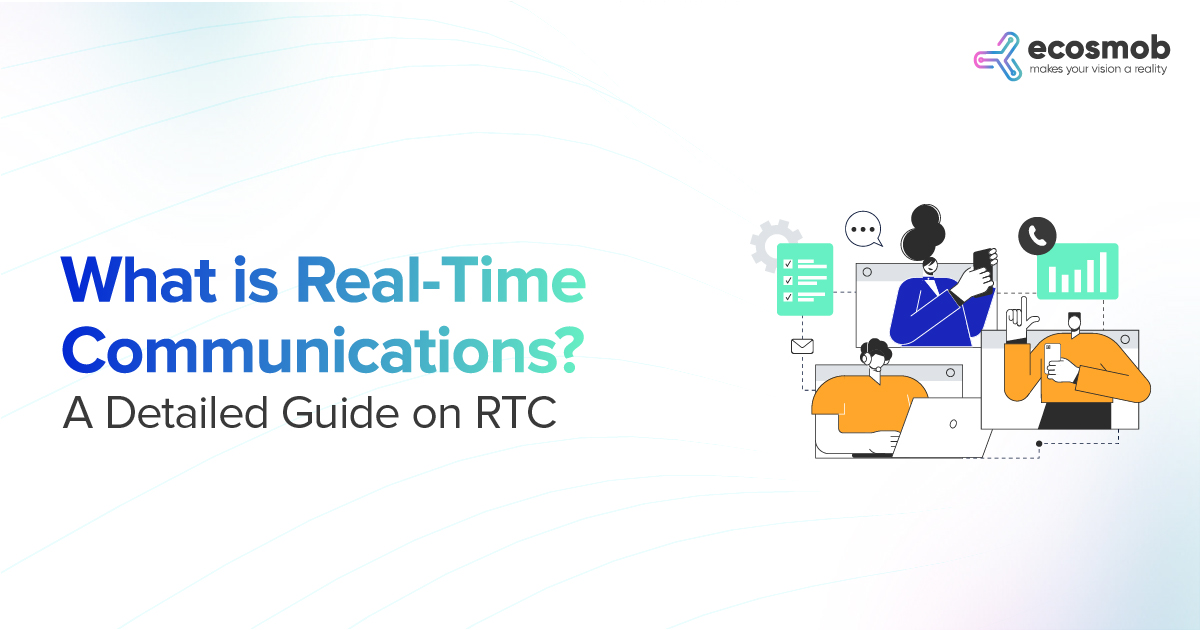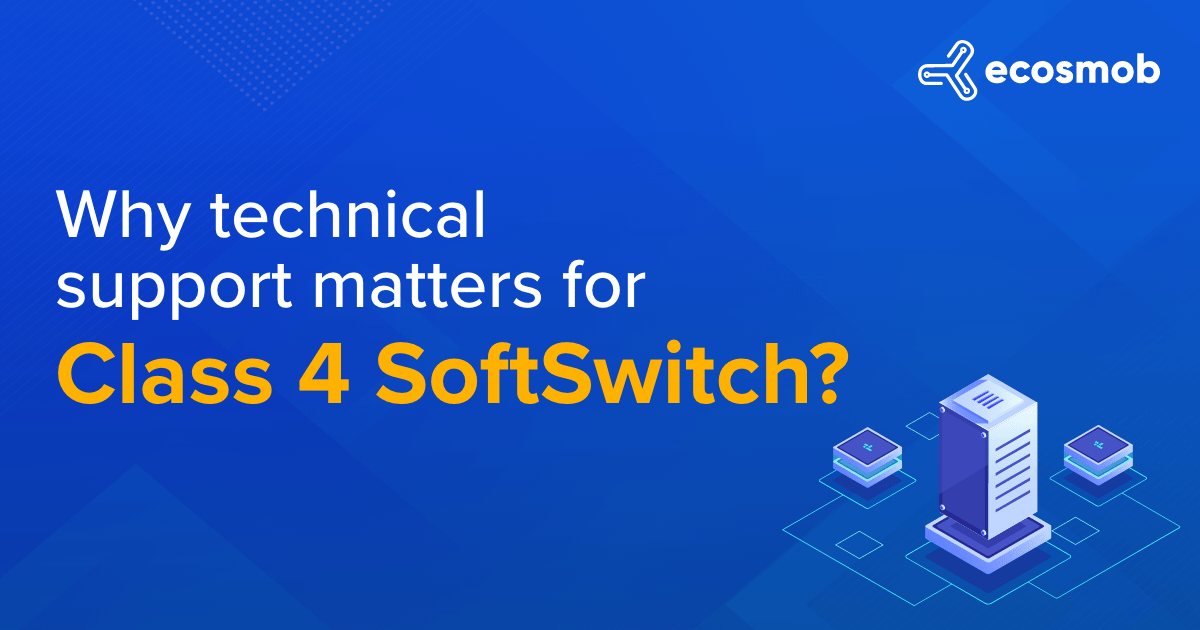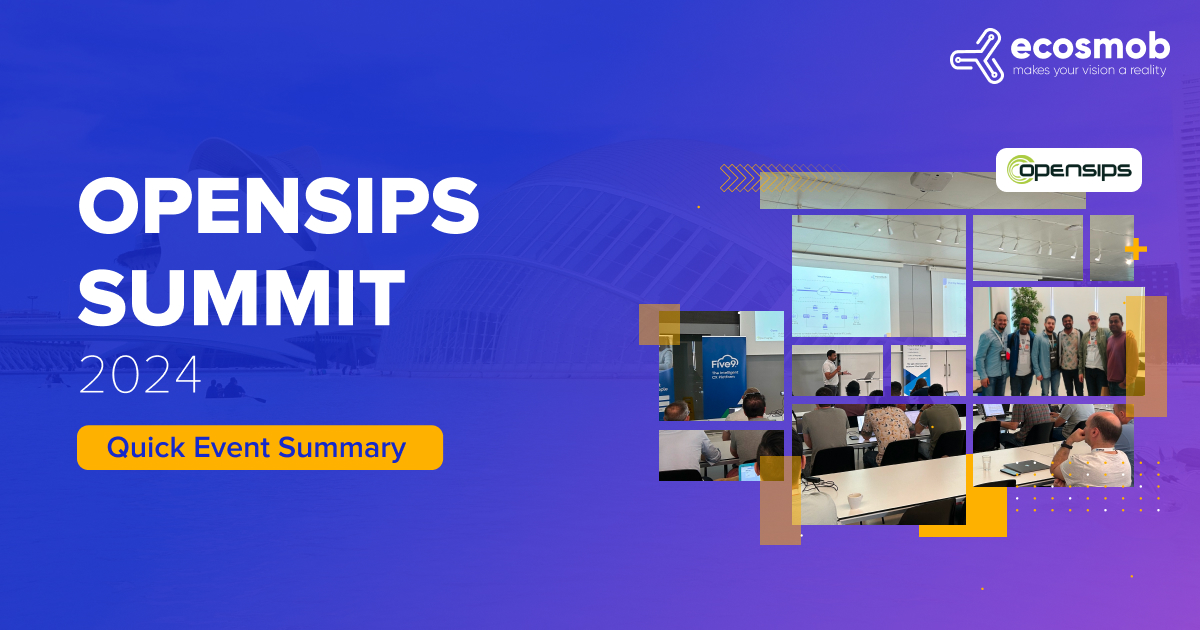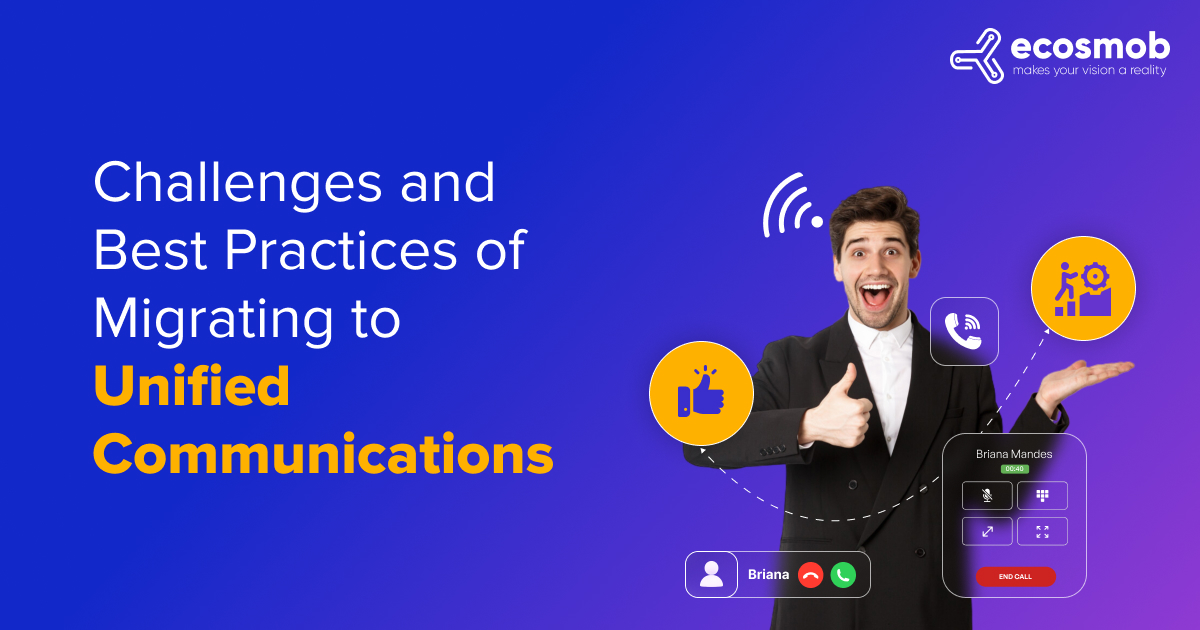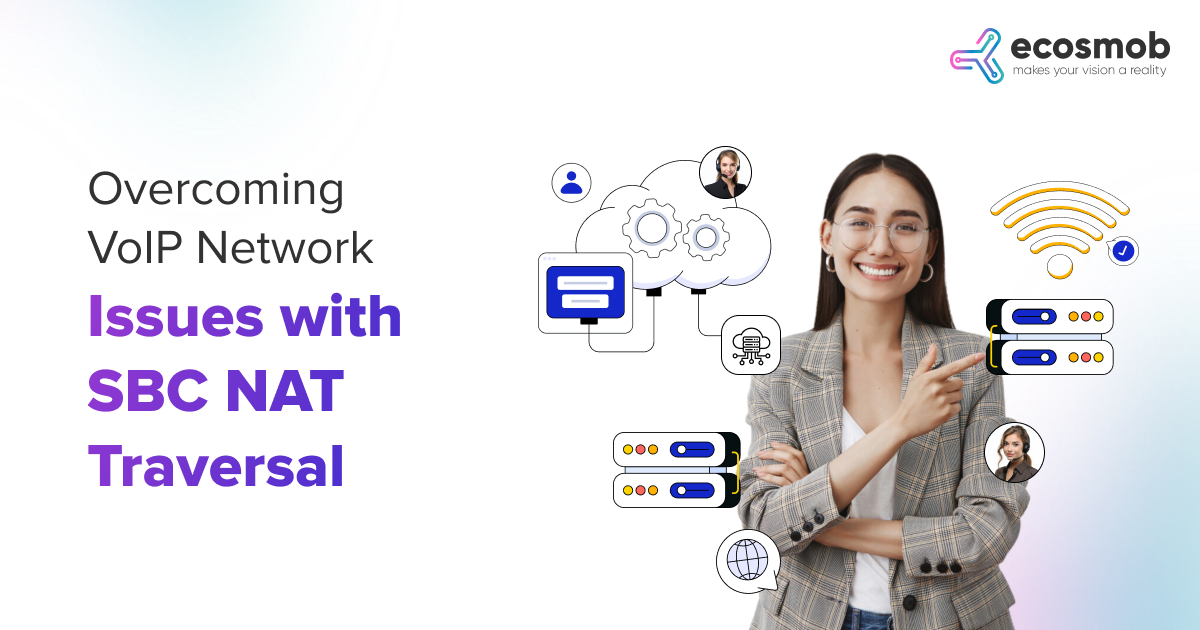When VoIP (Voice over Internet Protocol) technology came into existence, it ushered in many novel developments in the field. The advent of the VoIP Softswitch solution, which performs routing of the VoIP calls and traffic, is also credited to it. Instead of using the traditional hardware switching component, the software runs the controls on standard systems. A VoIP Softswitch solution enables audio and video calls, instant messaging, call recording, and many other functions that you use in internet telephony. As the technological developments gathered steam, so did the Softswitch. The Class 4 Softswitch is today the most widely used in the telecommunication space. By securely channeling and monitoring voluminous VoIP traffic over the long distance, the Class 4 Softswitch solution works well in a carrier-grade communication ecosystem.
Some of the important features of this VoIP Softswitch solution are:
- Transcoding
- Protocol support and conversion
- Calls per second rate
- Concurrent call number
- Call routing
- Average time of a call routing
- VoIP service billing
The proper functioning of VoIP However, the advanced VoIP Class 4 Softswitch sometimes becomes tricky to manage if you do not elicit technical support from your wholesale VoIP services provider. We have distilled the issues that crop up at various stages, take a look below:
-
Scalability
The VoIP Class 4 Softswitch development is mostly taken up by telecommunication companies that serve a large number of customers. With the growth of enterprises, the customer base grows simultaneously, needing capacity addition to adequately support the burgeoning call volumes. For any such exercise, knowledgeable resources who can accurately help in upgrades and changes are required. The most efficient way to overcome such problems would be employing the same Class 4 Softswitch solution provider. This will cut the delay and time lag and ensure you can operate at the same level of quality as earlier.
-
Technical support
During the time of usage or any time after, having the support of a proficient developer team who can expertly navigate and troubleshoot any issues cannot be overemphasized. In a way, you are outsourcing the task of maintaining efficacy to VoIP experts who have actually built the VoIP Softswitch solution.
-
Building Features
Building a secure and robust solution is an important consideration for telecommunication companies that deploy wholesale Softswitch. To harness the capabilities of the Class 4 Softswitch which helps the carriers to accommodate inter-LATA and inter-exchange VoIP services requires a specialized skill-set. An experienced VoIP Class 4 Softswitch development services provider can go much deeper than the standard with features like centralized web-based control, billing in accordance with the country’s tax structure, and WebRTC inclusion among others.
How to choose a Class 4 Softswitch provider?
Among the many VoIP Class 4 Softswitch makers, picking one can be a challenging task. However, being mindful of certain aspects can help you clearly distinguish who fits the bill. Here are some characteristics to help you narrow down on the Class 4 Softswitch development providers.
- Provides end-to-end solution with a modular structure
- Intuitive interface and user friendly
- Fortified with a robust security mechanism
- Safe access at all levels
If you scratch under the surface and look deeper, you may find more attributes that a development company should possess. Some VoIP Softswitch solution providers have the ability to customize the Class 4 Softswitch in line with the telecom operator’s operational model too, they go beyond the standard versions to provide:
Advanced features:
The nature of traffic has undergone a major transformation with a greater focus on multimedia. To handle the changing needs, better IP (Internet Protocol) multimedia subsystems, also known as IMS, are effective. Try to get a VoIP Class 4 development company that understands the trends and innovates to morph the system according to the demands.
A stable Class 4 Softswitch solution performs better even during high traffic volume. Full protocol and codec compatibility lends clarity in audio with minimal latency for unlimited support for the telecommunication company. Numerous other features packed in the software such as session border controller powering security, failover assistance, and multi-carrier management aiding in business continuity, are now available with leading Class 4 Softswitch development services providers.
-
Lower costs:
The least-cost call routing enables to curtail the cost of operations for the Class 4 Softswitch user. Other than this, integrated billing saves the hassle and cost of separate software that you may have to shell out if the module is not present in the proprietary software.
-
Intelligent processing:
Few Class 4 Softswitch providers offer features such as geographic routing, LNP (local number portability) & MNP (mobile number portability) along with routing of emergency numbers intelligently.
By fusing in AI (artificial intelligence) the overall performance of the system improves significantly. They help in effectively averting any failover by deftly managing the black and white list. Historical data analysis, made possible due to AI aids in arriving at better decisions than relying on old school-based plain logic and options models. Moreover, it strengthens security by proactively monitoring, tracking, and identifying risks emanating from multiple users and multiple ecosystem environments.
Custom Class 4 Softswitch building:
By roping in a custom development company, you can build a white label solution under your brand name. Opening up opportunities to expand market share by offering service to multiple clients across different locations in the language of their choice and preferred currency. The other benefit of getting a custom solution is having the ease to blend Class 4 Softswitch with Class 5 or even SBC (session border controller) for offering maximum features to resellers and at the same time best-in-class services.
Also, custom API (application programming interface) integrations allow timely performance upgrades without any interruptions in the services.
Training and support:
Going beyond the traditional way of getting the system set up, training and support act as a guide and knowledge bank to scale in-house capabilities and perform troubleshooting measures as and when needed for zero downtime.
There is an exhaustive list of custom features like fax routing, geographic and nomadic routing, deploying effective routing for Class 5 Softswitch & resellers, report generations among others. Employing the right Class 4 Softswitch development company can go a long way in building the perfect solution for yourself and the end-users.
Your chosen vendor will not only design the solution as per the software but acknowledge your operational model. Overall, a better, faster, and robust Class 4 Softswitch can help you achieve much more.
If your business is looking to deploy a reliable, technically well-supported Class 4 SoftSwitch, Ecosmob has just the right solution for you. To know more, reach us at sales@ecosmob.com.
